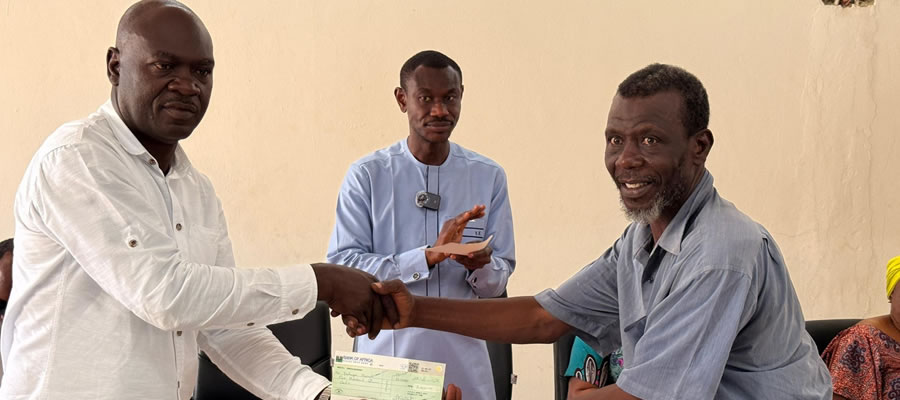

In Ghana, the water and sanitation sector faces a lot of challenges partly due to neglect since the 1990s. Good health, survival, growth and development cannot be achieved without access to potable drinking water, improved sanitation and good hygiene. Delivery of these basic services of life has not been without challenges. Asokore Mampong with a population of about 304,815 has five mechanized boreholes. All of these five are operating on commercial basis with average bucket (24cm3) being 10 pesewas. Twenty percent of houses found in newly developed areas have their private boreholes in their homes.
Public stand pipes are the principal sources of potable water in Aboabo. The town council has ten (10) of these facilities scattered in the community. Potable water to these facilities is supplied by Ghana Water Company. Compared to the number of residents without potable water and hence have to depend on this source of supply, these facilities are inadequate to meet the demand of the residents. Compounding this problem is irregular supply of water by these facilities. This development has made water supply in the area a lucrative business. Thus, private investors, with financial resources, have built mechanized boreholes with overhead tanks to supply water to the public. Although, their contribution has complemented the efforts of the government significantly, it has created affordability problem hence denying those with limited money for potable water supply.
Generally, the main source of water is stand pipe, mechanized boreholes, hand dug wells especially where the water table is high; and streams. The stream though, not really in use, but serves as contingency mostly for the washing of clothing in an event where the regular water supply system fails.
However, areas such as Akorem, Adukrom and Sawaba have very poor public toilets which serve as the major mode of liquid waste collection. The coverage of these facilities is calculated to cover only 28 percent of the total population which has led to various environmental problems. More than half of the household population in these areas rely on only eight public facilities and the resultant pressure on these facilities leading to most children defecating in the open spaces and some adults adopting the ‘wrap and throw’ approach, posing so much health risk to the people in these communities. Generally, indiscriminate refuse dumping into gutters and drains, open refuse dump sites, open defecation and the use of pit and pan latrines are the major sanitation problems in the Municipality.
Date Created : 11/23/2017 5:01:56 AM












 facebook
facebook
 twitter
twitter
 Youtube
Youtube
 +233 593 831 280
+233 593 831 280 0800 430 430
0800 430 430 GPS: GE-231-4383
GPS: GE-231-4383 info@ghanadistricts.com
info@ghanadistricts.com Box GP1044, Accra, Ghana
Box GP1044, Accra, Ghana